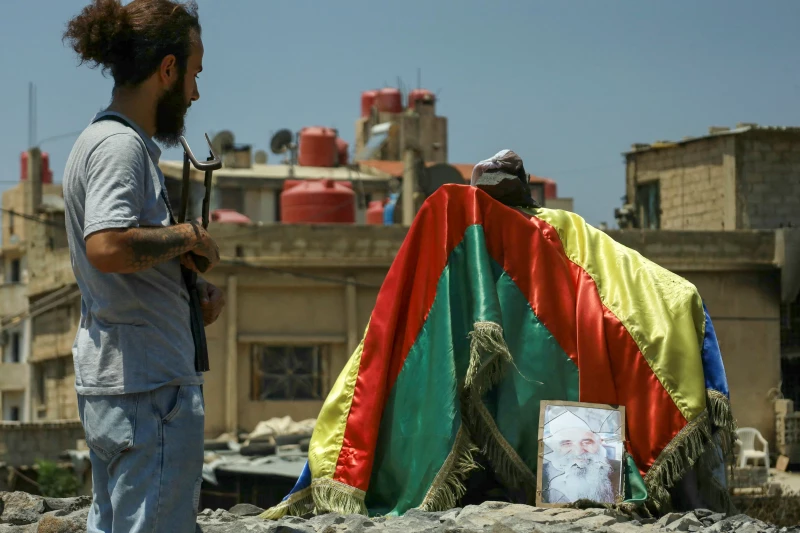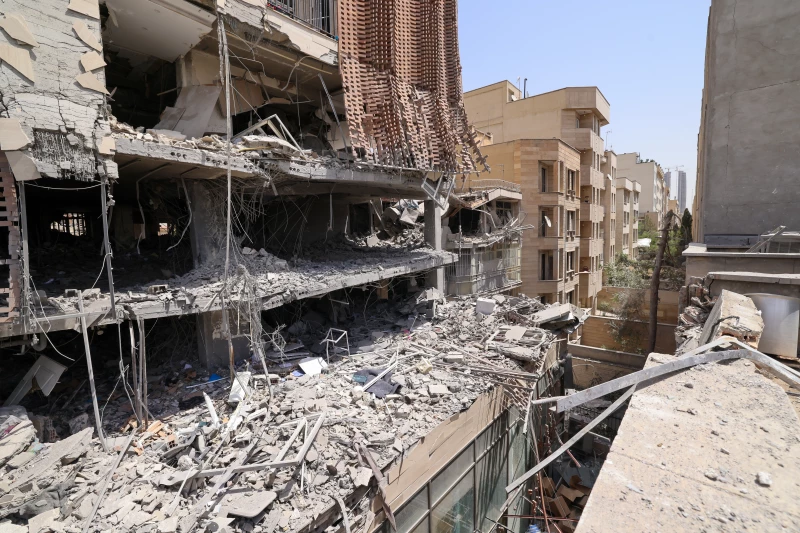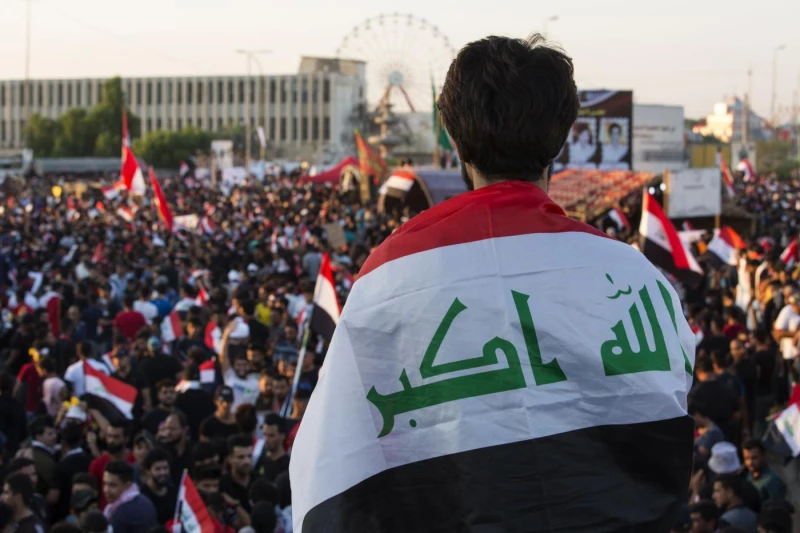The last few weeks have been eventful for Syria, bringing into sharp focus the fate of the country’s post-Assad political transition. Four major developments dominated the headlines domestically and abroad.
First, what was described by the new authorities—and echoed by much of the media following their framing—as “parliamentary elections.” Second, fighting, which had simmered for weeks at low intensity, erupted more forcefully across parts of Aleppo and Deir ez-Zor provinces, including the two Kurdish neighborhoods of Sheikh Maqsud and Ashrafiyah, which now appear to be under an informal siege by President Ahmed al-Sharaa’s government. Third, the official announcement of the country’s new holiday calendar, which notably excluded Newroz—the most important date in the Kurdish calendar and the celebration of the Kurdish New Year. And fourth, in what is almost certainly a relief for Syrians across the spectrum, the US Senate voted to repeal the Caesar sanctions—although the decision still requires ratification by the House of Representatives and President Donald Trump.
These four developments together suggest that Syria is experiencing a bumpy transition, where some of the good, the bad, and the troubling coexist.
The good relates to the process initiated in Washington to lift the Caesar sanctions on Syria. Syrians of all backgrounds have suffered immensely from war and sanctions over the past 14 years—and even earlier, from the Assads’ policies of economic isolation and political insularity. Some had urged a gradual conditional easing of sanctions, starting with limited relief as a gesture of goodwill to encourage Sharaa’s government to build a more representative and inclusive system that respects the rights of all Syrians, including minorities. But the Trump administration has opted instead for a full repeal. If it goes through, the move could reopen Syria to foreign investment and trade—barring renewed violence or deep corruption that might cripple the economy and deter investors. Given how deeply ordinary Syrians have suffered economically, the removal of sanctions—should it happen—would indeed be a milestone worth celebrating.
The more concerning aspect of Syria’s transition lies in the shape its emerging political system is taking. The October 5 vote—officially described as “parliamentary elections”—was, in practice, closer to an appointment process than a genuine contest. About 6,000 members of an electoral college, all handpicked by the new authorities, voted for some 1,500 candidates, likewise selected by the government, including roughly 14 percent women, to fill 140 of 210 seats. The remaining 70 members would be directly appointed by President Sharaa himself, in what his aides called a “corrective measure” to ensure a degree of balance and representation.
This step, alongside others defining the transition—Sharaa’s appointment as interim president in January, the “National Dialogue Conference” in February, and the interim Constitutional Declaration in March—illustrates how unilaterally he has driven the process. Within three months, he had effectively set Syria’s political direction in a highly opaque and exclusionary manner.
The elections also excluded vast areas of northern and eastern Syria controlled by the Kurdish-led Syrian Democratic Forces (SDF), as well as the Druze-majority province of Suwayda in the south. Officially, the government cited security concerns, but in reality, the motives were political. The SDF-run regions are generally more stable than many areas under Sharaa’s control. The process has thus deepened the authoritarian features of the post-Assad state, evoking uncomfortable parallels with the systems of both Assads before him.
The presidential decree on Syria’s new holiday calendar reinforced this worrying pattern. Together with earlier decisions—retaining the state’s name, “Syrian Arab Republic,” and adopting a constitution that omits any reference to Kurds or non-Arab ethnic groups—it signals continuity in exclusionary policies toward the Kurdish people.
After decades of discrimination, many Kurds had initially extended Sharaa the benefit of the doubt, hoping his rise signaledsignalled a break from the past. Though he has spoken of Kurds as integral to Syria’s fabric, his actions have told a different story. He has, by now, largely squandered the early goodwill that once existed among many Kurds toward him and the post-Assad order.
The most alarming dimension is the ongoing fighting in the north and east, where pro-government forces appear willing to engage in new rounds of confrontation with Kurdish forces. (There have also been renewed clashes in Suwayda involving Druze groups.) Sharaa’s army may be conducting these limited, measured assaults as a pressure tactic to push the SDF and its autonomous administration into accepting integration within the post-Assad state structure. Alternatively, these clashes could mark the beginning of a wider military campaign. Either scenario carries dangerous implications.
If a larger conflict erupts, Syria will pay a steep price—politically, economically, and socially—and both Sharaa and the SDF/Kurds would share in the losses. The government’s claim that Kurdish forces initiated these clashes is implausible, as such fighting serves no Kurdish strategic interest. Kurds may have some advantage in not rushing the reintegration process, given their justified skepticism about the nature of the new state. But, they stand to lose greatly from a renewed war that would almost certainly draw in Turkey and bring devastation reminiscent of Afrin and other parts of Rojava and northern Syria in 2018 and 2019.
Moreover, despite whatever confidence some circles within Sharaa’s government or military might hold—perhaps due to expectations of Turkish support—a conflict with the SDF could threaten the regime’s own stability. It could draw in a range of domestic regional actors, including the Druze, Israel, and Iran, and its allied Iraqi Shiite factions, all of whom have an interest in preventing a Turkish-backed Islamist Syrian government from consolidating power.
There have been unconfirmed reports suggesting that Sharaa has shown some willingness to integrate the SDF and its affiliated security units into the national military and security institutions while allowing them to remain stationed in their current locations in Rojava and the Northeast. If true, this would be a positive step. Should Sharaa agree to some degree of local autonomy for Kurdish regions and recognize the rights of Kurds and other minorities, he would be setting Syria on a new path with considerable potential for progress for all Syrians.
Syrians deserve peace and inclusion, not another cycle of war and marginalization. After years of bloodshed and hardship, the country’s stability depends not on consolidating power by force but on building an inclusive system that acknowledges its diversity, shares power fairly, and breaks the long cycle of exclusion and domination.
The views expressed in this article are those of the writer and do not necessarily represent the position of The New Region's editorial team

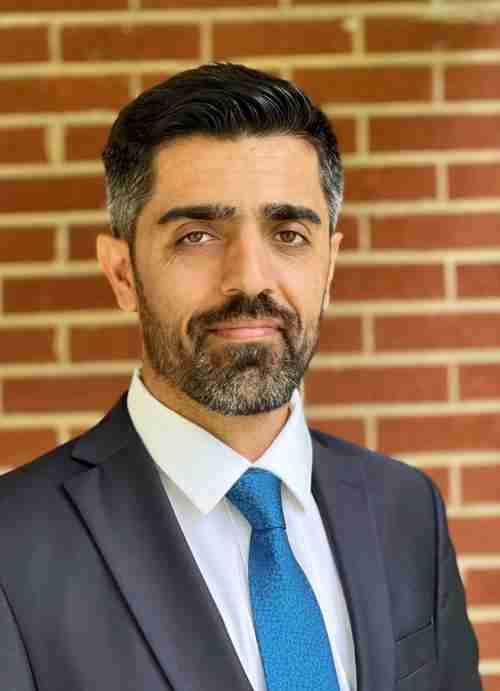
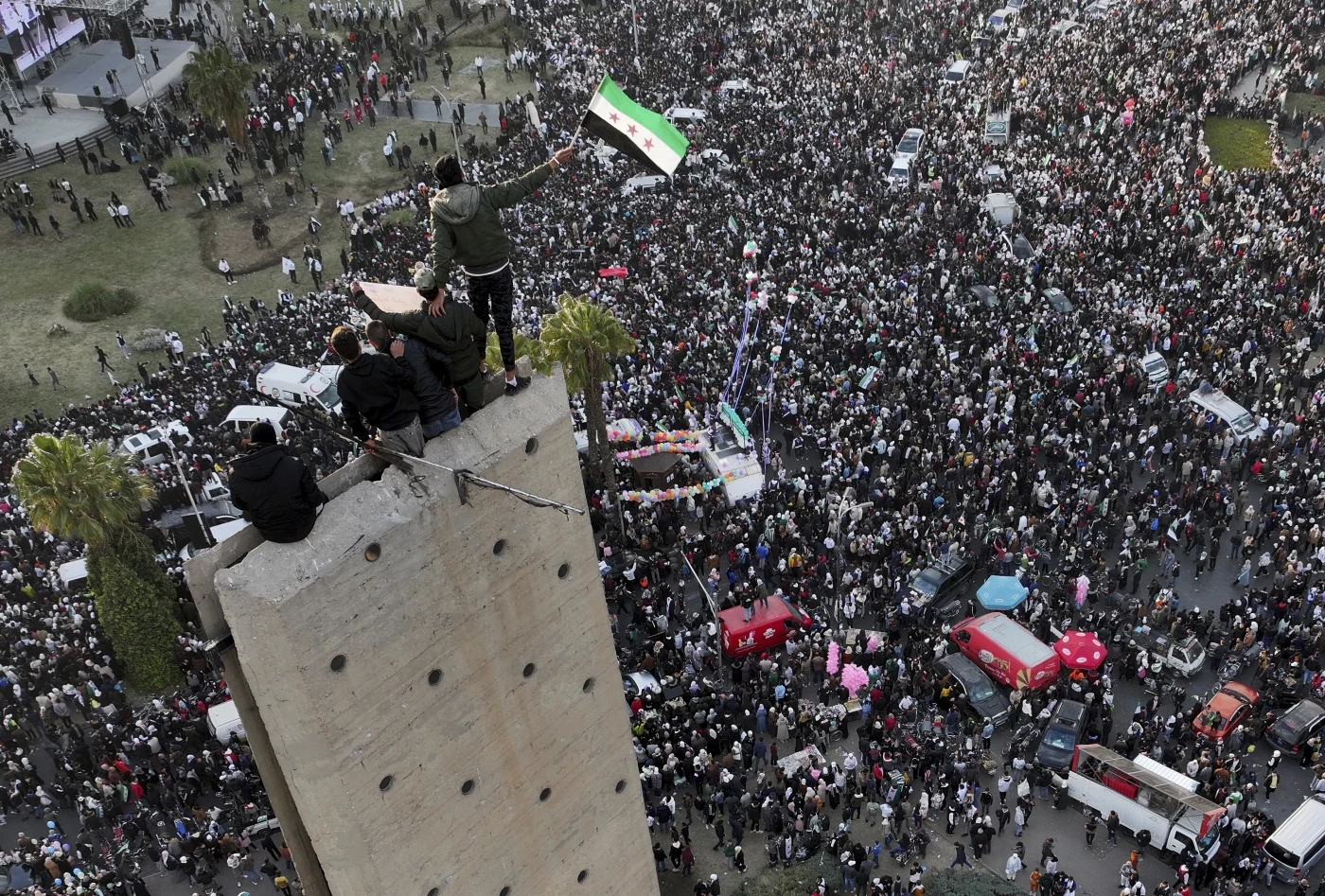
 Facebook
Facebook
 LinkedIn
LinkedIn
 Telegram
Telegram
 X
X
